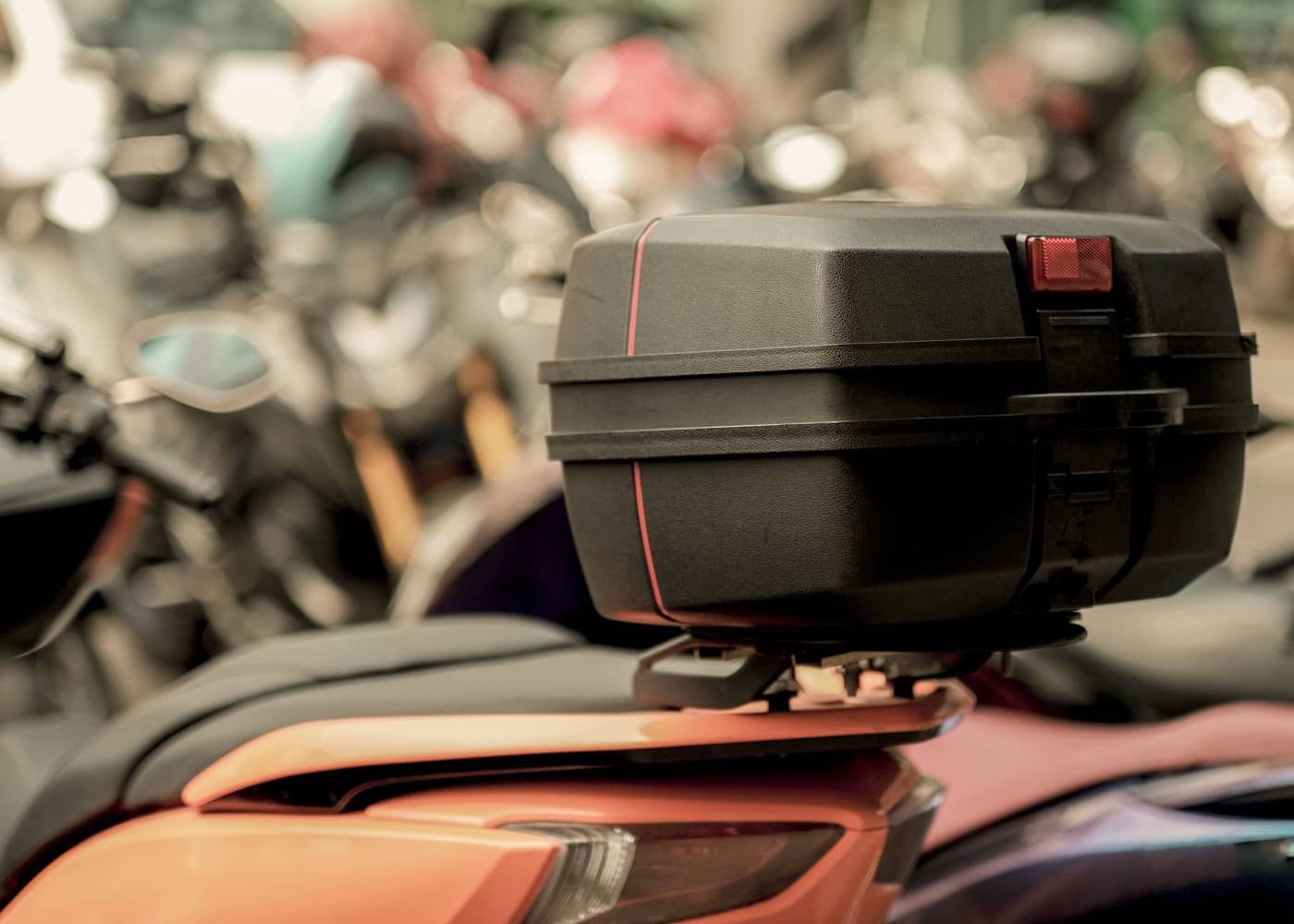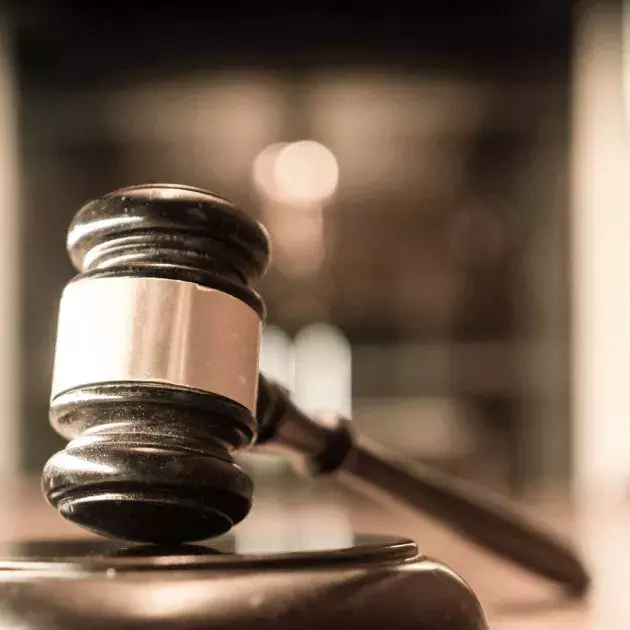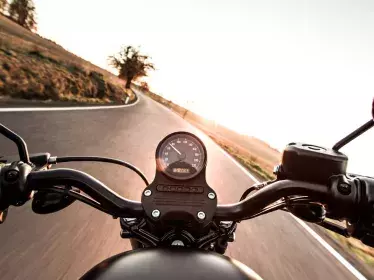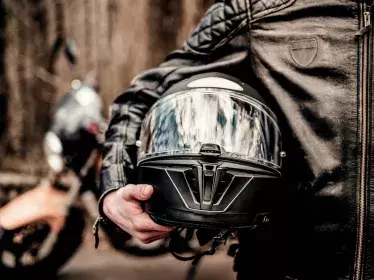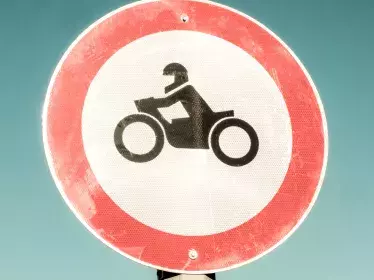Riding a motorcycle between queues of traffic (filtering)
On motorways, motorcycles can drive between lanes when cars are stationary or driving at less than 50km/h. The difference in speed between the two-wheeled vehicle and other road users may not exceed 20km/h. As soon as the speed of the traffic exceeds 50km/h, everyone must re-enter their lane. When there are 2 lanes, you must ride between them; if there are 3 or more, you must position yourself between the left lane and the next one.
In principle, it is not permitted to use all 4 indicators (except in the event of danger), even if this does increase the chances of being seen by motorists.
Another important thing to note is that in flowing traffic, zig-zagging is considered to be a manoeuvre and you should announce your intention to change lanes using your indicators.
In addition to motorways, it is also permitted to ride between stationary or very slow-moving cars, except when approaching a place where pedestrians and cyclists cross the road.
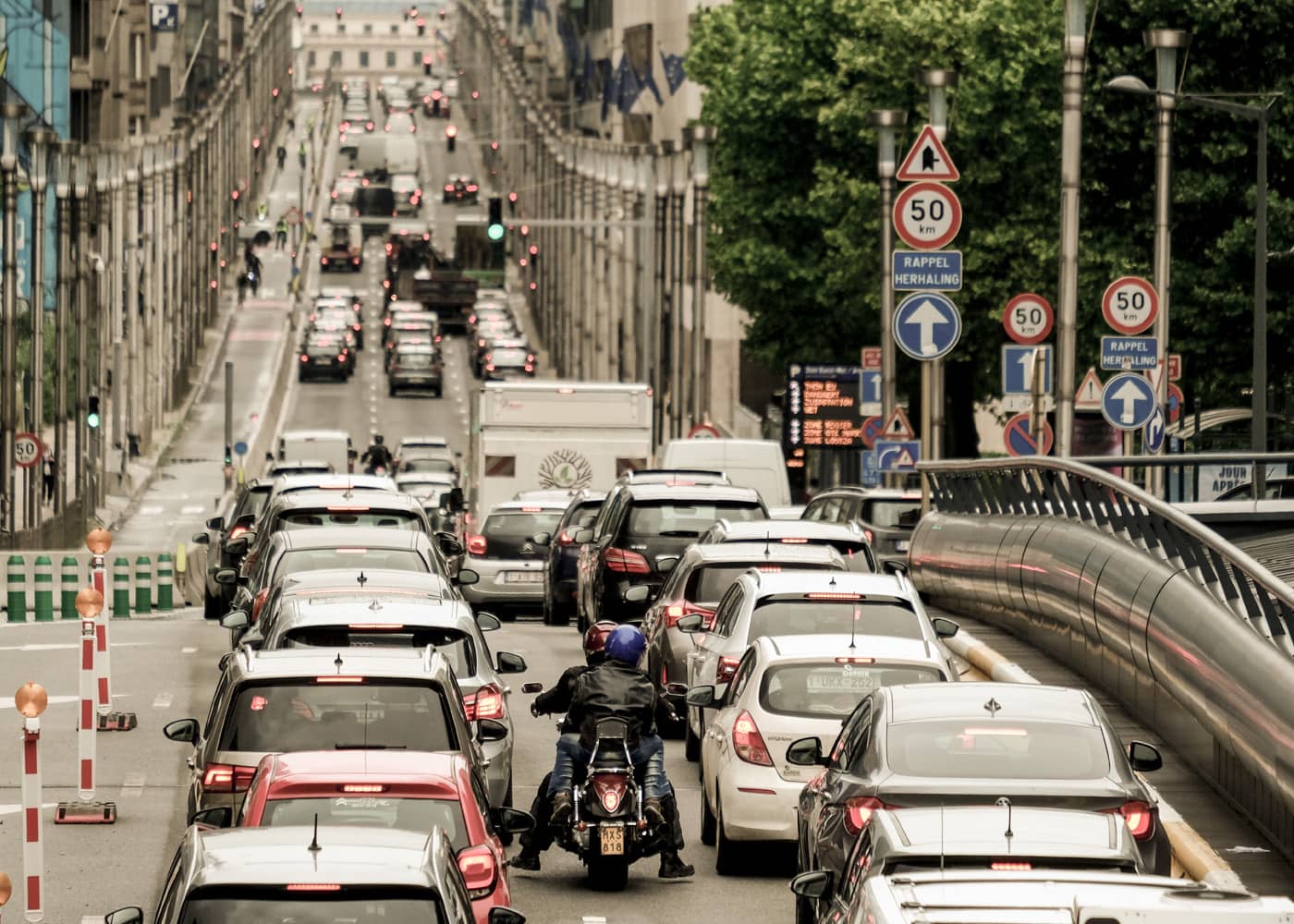
Positioning of motorcyclists on the road
Unlike car drivers, motorcyclists are not obliged to stay as close as possible to the right-hand side of their lane. The position to maintain is usually 2/3 of the way in to keep a good view of the traffic. At this point, a rider is also more visible to other road users and can more easily avoid the door of a parked car suddenly opening.
The rider is free to choose their positioning on the road and adapt it to the situation. Changing position within the lane is not considered a manoeuvre and can be done without having to use the indicators. However, it is not permitted to obstruct drivers approaching from the rear who have started an overtaking manoeuvre.
Parking
1. Pavements and road shoulders
Both in and out of built-up areas, motorcyclists can park on pavements. It is also permitted to park on road shoulders in built-up areas. However, enough room must be left for pedestrians, wheelchair users, etc.
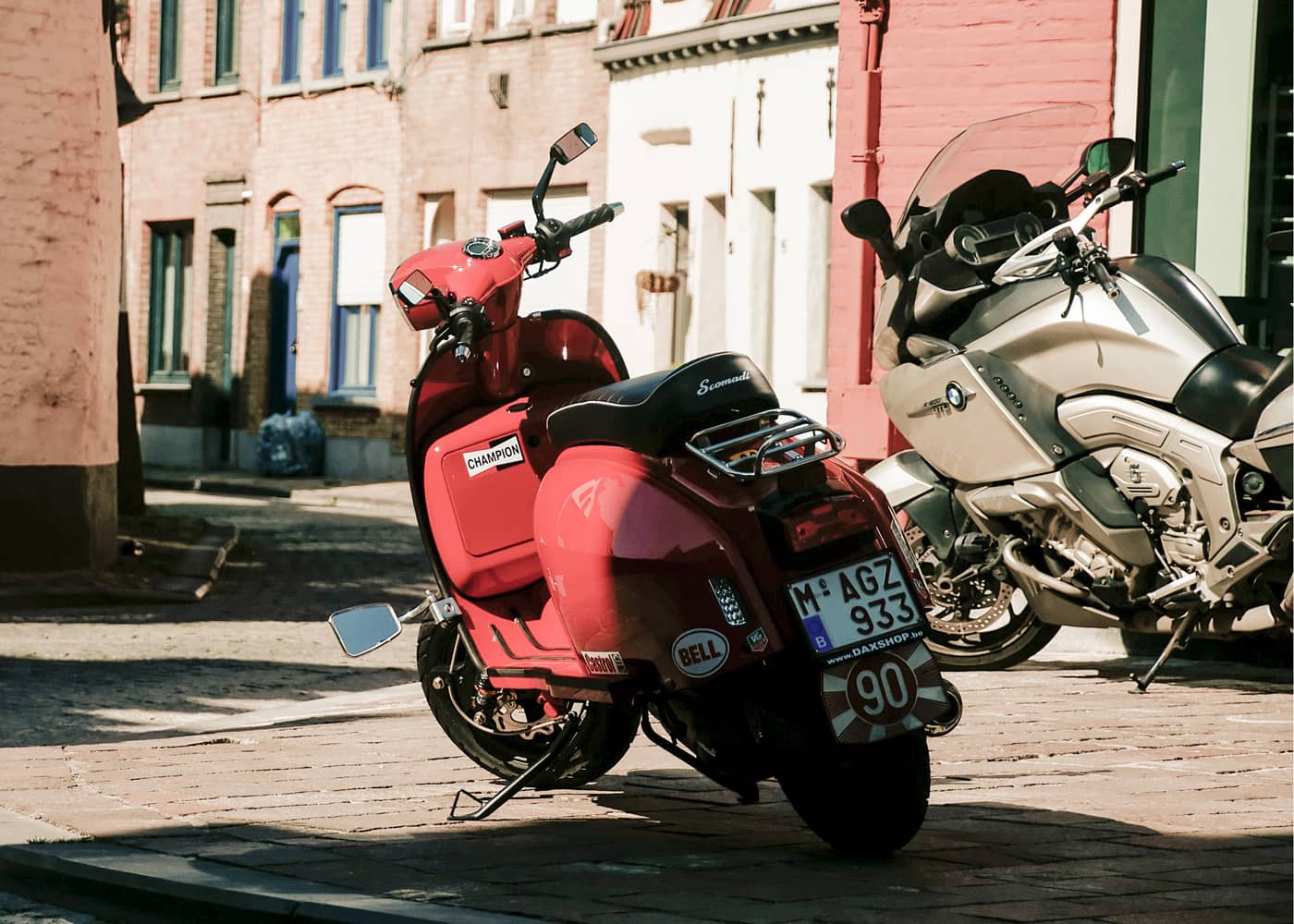
2. Blue zones
Blue zone rules do not apply to motorcycles and scooters. For motorised two-wheeled vehicles, parking time is not limited and you are not required to use a parking disc. However, it should be noted that blue zone rules do apply to four-wheeled vehicles (quadricycles), tricycles and light quadricycles such as quads or buggies.
3. Parking spaces
A motorcycle without a sidecar or trailer does not have to be parked parallel to the roadside. It can be positioned perpendicularly, but not beyond any markings. Of course, it is also possible to park parallel to the edge of the road.
4. Parking charges
Multiple motorcycles can be parked in a parking space marked for a car. If the car park is subject to a charge, a single parking ticket is sufficient for all the motorcycles parked in the same space. It is also advisable to keep the ticket with you (the risk of it flying away is too great) so that you can subsequently prove that a fine was not justified. In principle, you also have to pay for a motorbike or scooter in all areas where you pay in a car park, but there are exceptions. It is therefore best to check the information on the meter. In areas where parking is only permitted if you display a residents' parking permit, it is not necessary for a motorcycle to have one.
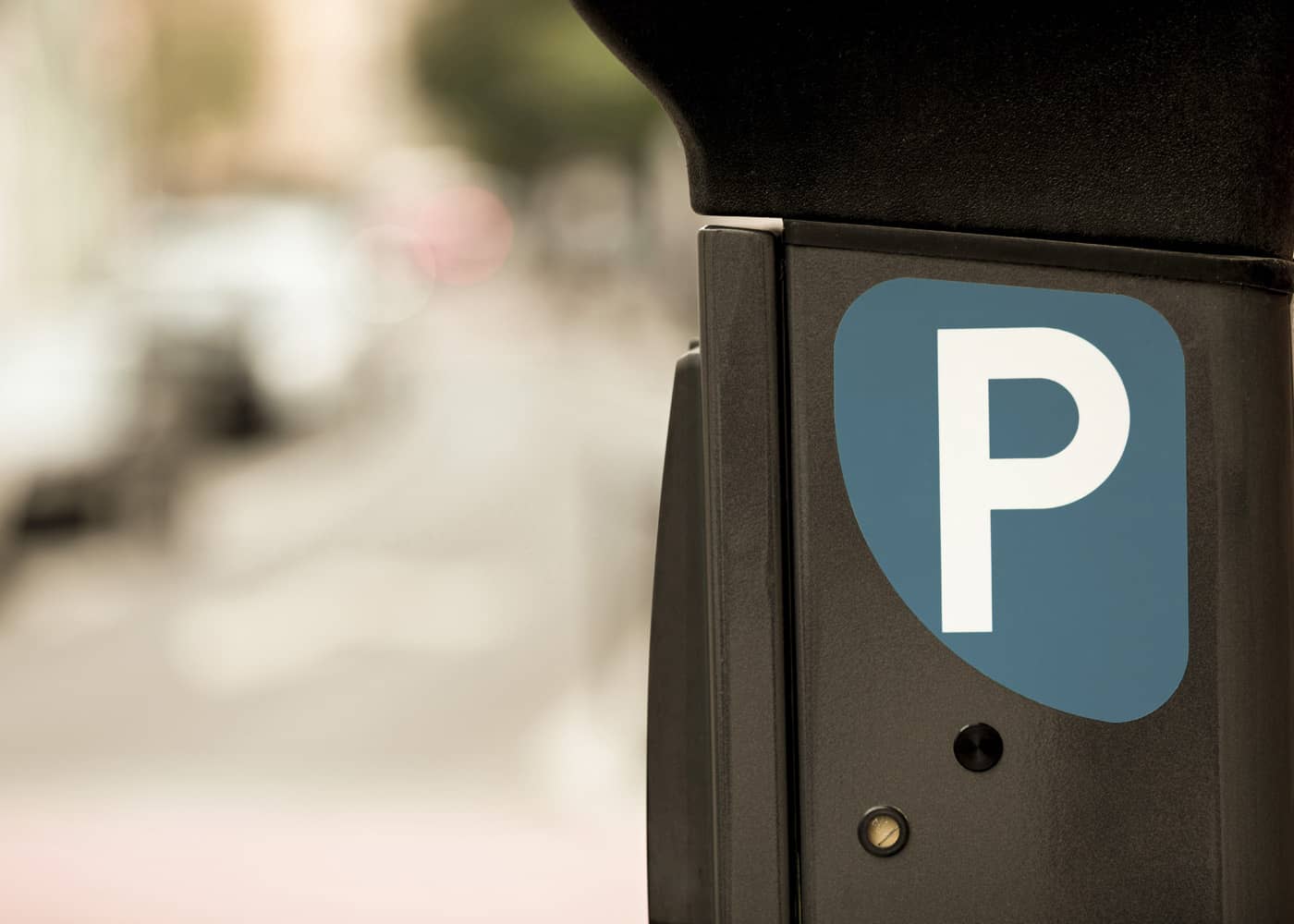
5. Specific parking spaces
Parking spaces may be reserved for motorcycles by displaying an E9i board, but this does not prevent motorcycles from parking in spaces designated by an E9b panel.
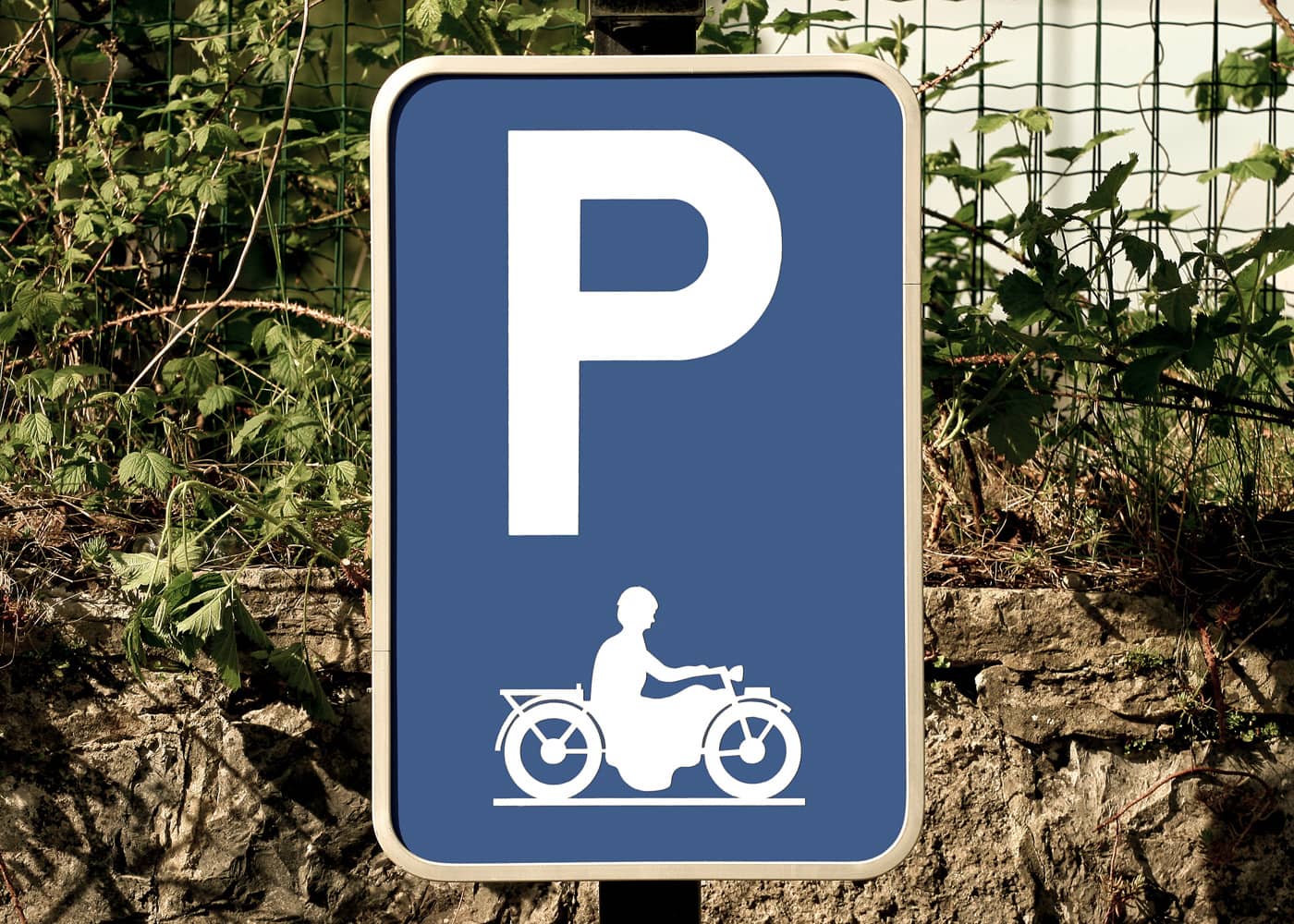
Free bus lanes
The Highway Code allows motorcyclists to use free bus lanes and other hatched markings reserved for regular public transport services. Please note, that for this to happen, there has to be a secondary board (showing a motorcycle image) and/or a symbol to be painted on the road surface. In practice, this is not always the case.
Passengers on a motorcycle/scooter
A motorised two-wheeled vehicle – motorcycle or scooter, but also quads and trikes – can only take as many passengers as the number approved for that type of vehicle. Passengers must be able to place their feet on the footplates (the so-called 'amazon' riding position is prohibited). It is not permitted to transport a child under 3 years old on a moped or motorbike. The only option is to fit the child in a specially designed safety system in the sidecar of the motorcycle. Children from 3 to 8 years of age can only travel on scooters and light motorcycles up to 125cc, provided that the vehicle is equipped with a suitable child safety system. From the age of 8 years, children can have their own seat on a motorcycle over 125cc.
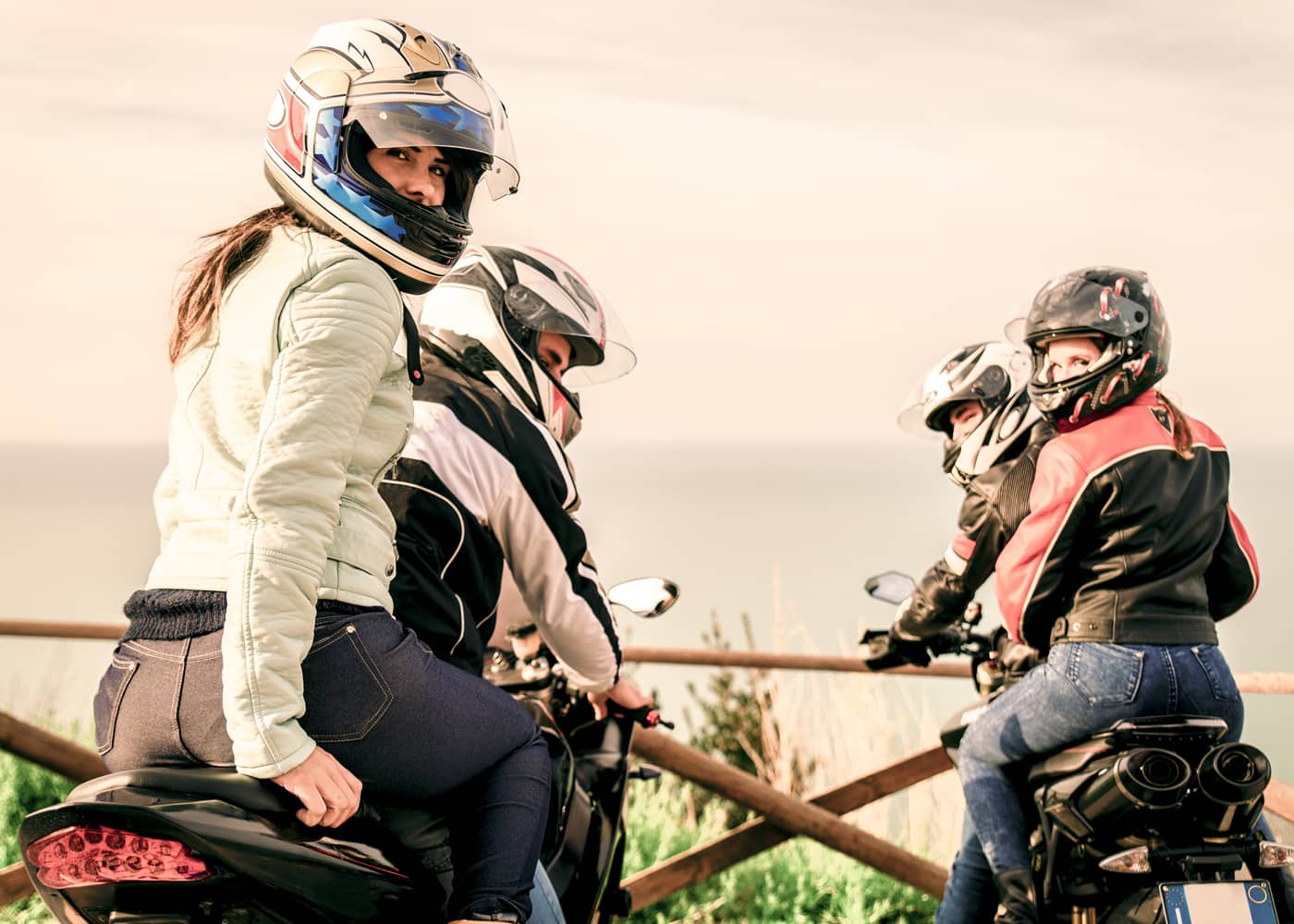
Tyres
By law, the depths of tyre treads should be no less than 1.6mm. If the depth drops below 2.5mm, it is a good idea to change the tyre. A wear check is carried out using the marks incorporated in the profile of almost all tyres. As soon as these marks are flush with the surface, it is time to replace the tyre.
Riding in a group
Regulations refer to groups as two motorcycles or more. In this instance, it is not compulsory to drive one behind the other: you can ride in two parallel lines, but these should preferably be staggered. If the road is not divided into lanes, you are not allowed to occupy more than half of the road surface. As soon as any vehicle coming in the opposite direction can no longer drive past normally, you must once again ride in single file.
Groups of 15 to 50 motorcyclists should be accompanied by at least two road captains. For more than 51 participants, at least two road captains are required. The number of road captains must be adapted to how big the group is.
To be a road captain, you have to be at least 25 years old and wear reflective clothing, with the words 'capitaine de la route' (road captain) printed on the back in black letters. Unless there are traffic lights, road captains can stop traffic at junctions using a C3 board to allow the group to pass. Road captains must observe speed limits and other traffic regulations at all times.
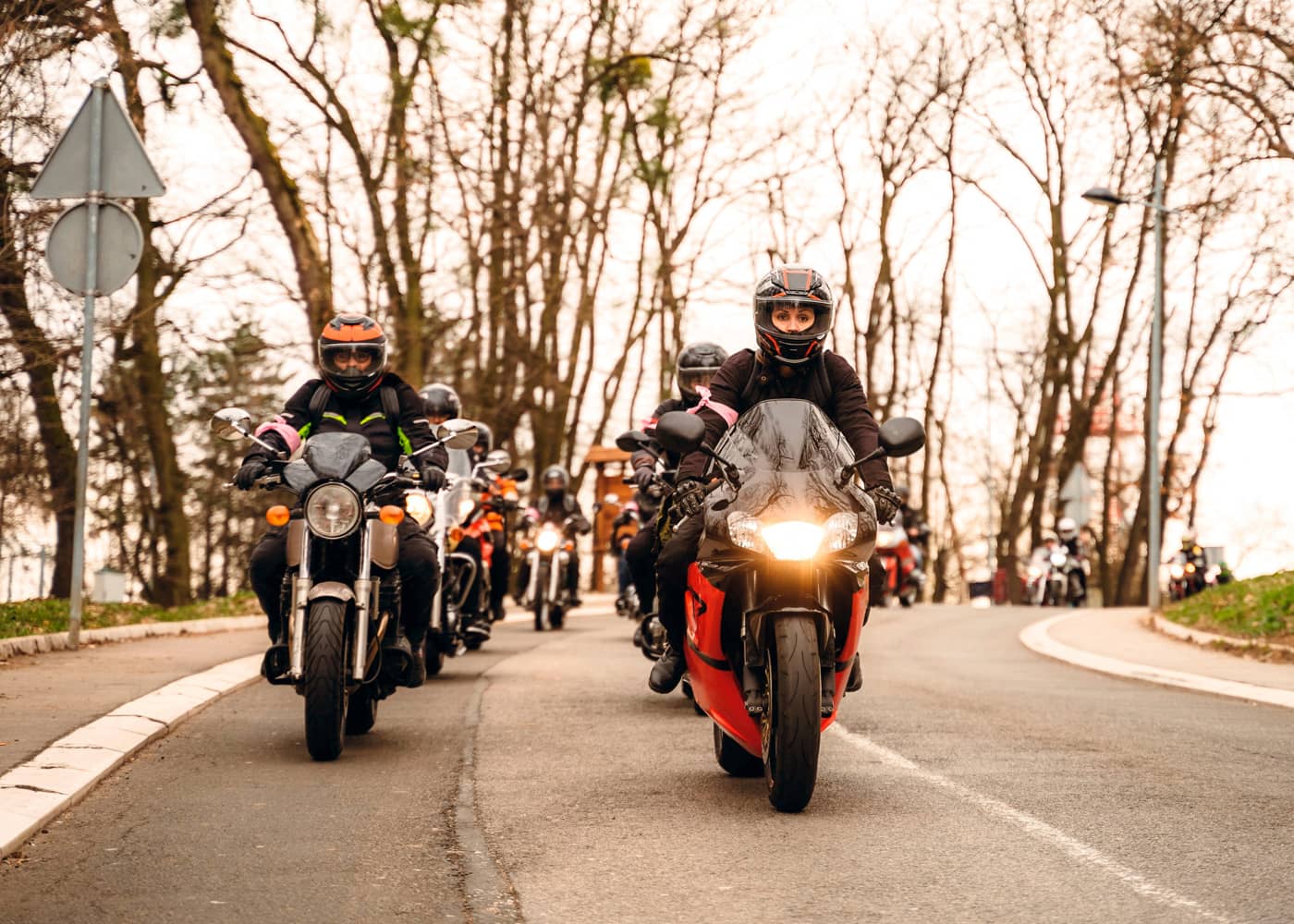
Lights
tail light (this is usually done automatically when the vehicle is started). Other lights can only be used at night or in the event of poor visibility. Additional lighting can make the motorcycle more visible to other road users, but it is not always permitted to install extra lights if the motorcycle is not approved for this purpose.
Mopeds do not need to be equipped with turning signals, but these are often part of the standard equipment. If this is the case, they must be operated and used.
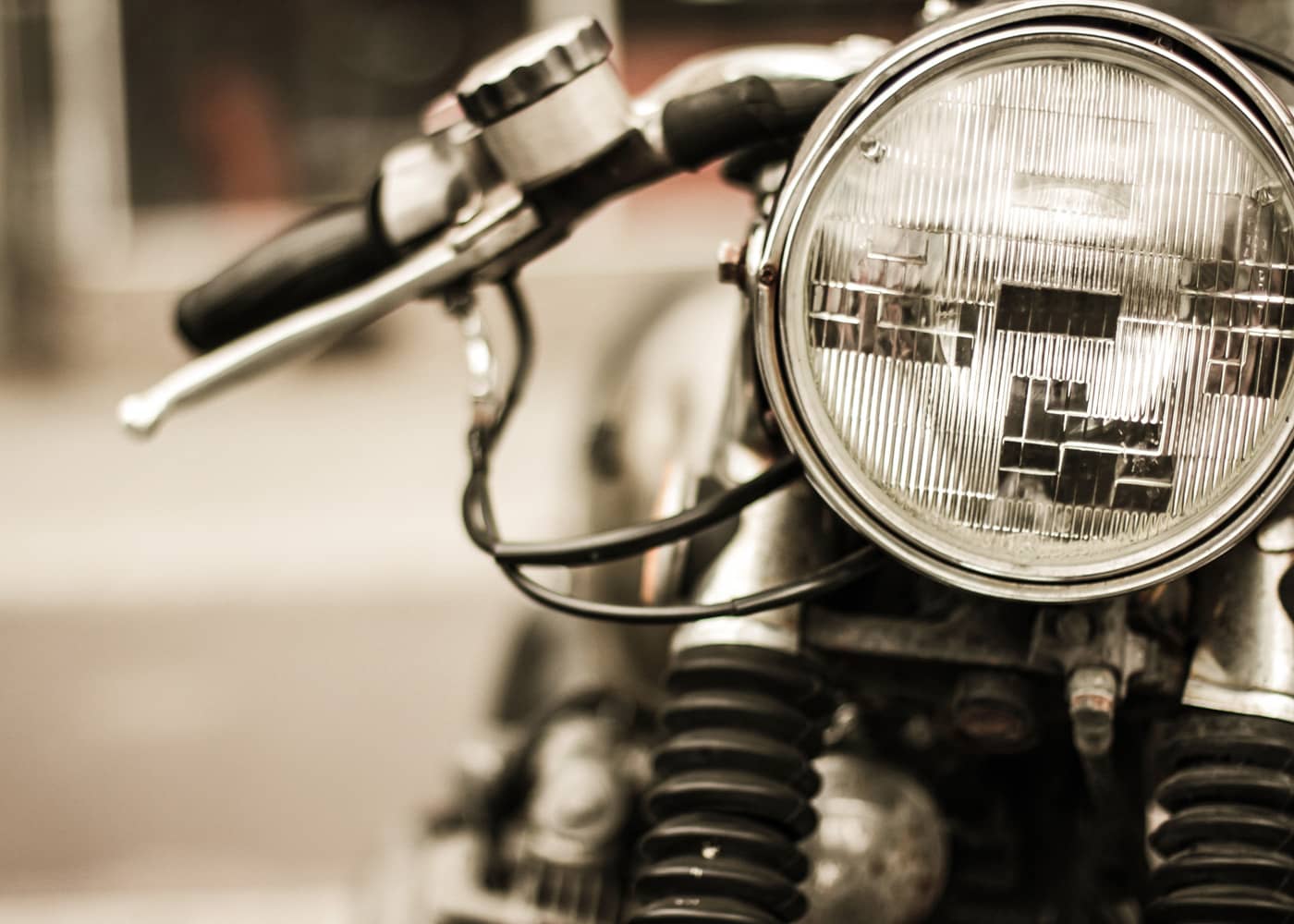
Loads
Any load on a motorcycle, with or without a trailer, may never extend beyond the front of the vehicle. At the rear, the load may not exceed 50cm and the width of the vehicle, including the load, may not exceed 1.25m. On a motorcycle with a sidecar, the loading width must not exceed the vehicle width by more than 3cm.
A motorcycle with a sidecar cannot tow a trailer unless the sidecar wheel is fitted with a brake. The height of a loaded motorcycle may not exceed 4 metres.
